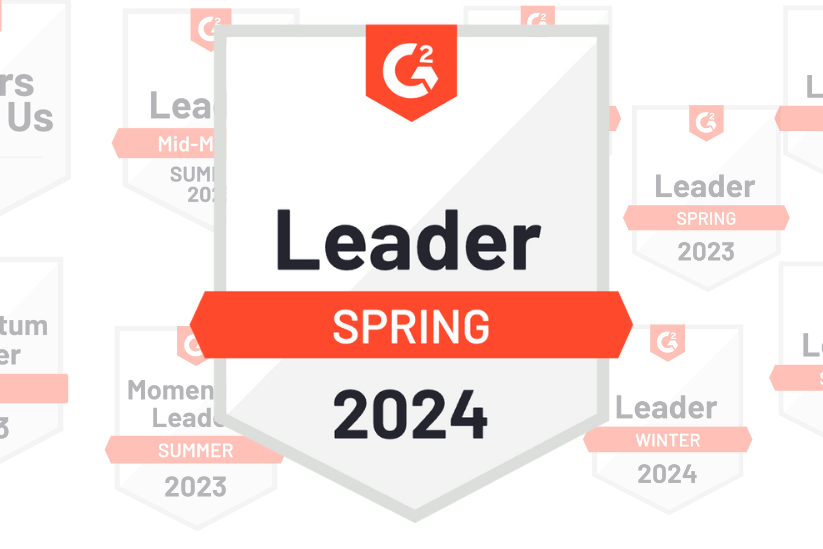The other day we were having a conversation in the office about the pros and cons of live versus recorded webinars. We host all kinds here at Zift, and being the knowledge geeks we are, sign up for just as many when it’s a topic we’re really interested in. It got me thinking about how technology and content delivery has changed over the years and what impact that has had on the classic webinar.
In my own experience, I’ve learned a lot about what humans will sit through on a broadcast in terms of content and length, and with that, webinars are still standard in the greatest hits of lead generation activities. If you’re a smaller organization, or don’t use webinars much in your demand repertoire, here are a few points to consider:
Production is easier than ever.
The platforms available today for hosting webinars are designed to make the event more user friendly. While I still occasionally have to turn on my best tech support impression when the inevitable happens, the fixes are generally easier and faster. The best webinar platform is the one that integrates with your marketing automation platform, allowing technology to do the backend work for you. The cost of admission is an attendee’s name and email address – automatically creating a new lead (or further nurturing an existing one).
You can go global.
If you’re a global organization, webinars are unmatched content when it comes to connecting once with all. If you’re not yet worldwide, but want to be, what better way to break geographic boundaries all from the conference room of your HQ. Webinars conveniently reach business leaders in numerous areas and time zones (more on this later), making it a cost-effective means of driving your message. When was the last time you invested in an international campaign at a low cost?
Builds credibility as a thought leader.
The most effective webinars feature a case study with one or more high-profile guests to co-host the event. This is a great way to build trust and increase your number of leads. Teaming up with partners can be especially effective when shared through a marketing campaign as they will likely share the event with their contacts, producing higher attendance. One great speaker is good, but typically I’ve found webinars with two or more speakers usually reap the highest rewards.
Even with the best intentions, when a new project or meeting hits your inbox, that “nice to have” webinar at 2 p.m. you signed up for three weeks ago is the first thing to get the axe in your day. It’s harder than ever to get a captive audience at a fixed point in time (hence why apps like Netflix are crushing it.) Recording webinars also provides hosts with the flexibility to provide cleaner content – time to edit for length and clarity – providing a more effective experience for the viewer.
As with any lead generation tactic, promotion is key. Have a plan. Ensure sign-up and/or recording is easily accessible. Email promotions have proven to be an efficient method of getting attendees, as well as hitting it home on your social channels. (You can even live tweet during the event.) Does your webinar fit as part of a bigger campaign? If so, tie it altogether in any other digital creative for maximum impact.
At the end of the day, the most important thing to remember is to coordinate webinars with relevant and valuable content that increases credibility in your brand – and if they’re not ready to engage in the sales cycle, you want your attendees to continue signing up for future events. From there, you can build the relationship with content to convert recorded listeners into live consumers.





